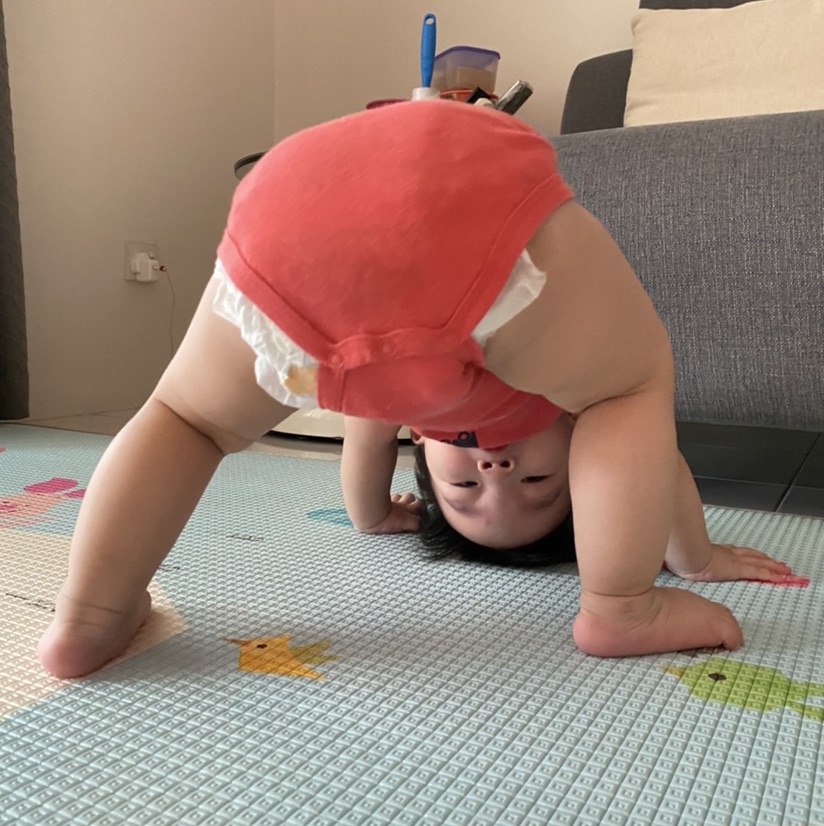
chanfw
No personal profile
667Follow
20Followers
0Topic
0Badge
Ops
Pre-Bell|Stock Futures Fall; Chegg Plummet 39.2%
Ops
Pre-Bell|Stock Futures Fall; Chegg Plummet 39.2%
[Smile]
An Incredible Stock Market Money-Making Opportunity Is Fast Approaching
[Smile]
Warren Buffett: We Didn't Repurchase Any Berkshire Stock in April
[Smile]
7 Warren Buffett Dividend Stocks With The Highest Yields
[Smile]
Sorry, the original content has been removed
[Miser]
The Roadster Is Tesla and Elon Musk's New Cash Machine
[Smile]
Want $1 Million in Retirement? Invest $100,000 in These 3 Stocks and Wait a Decade
[Smile]
Palantir Vs. Snowflake Stock: Which Is The Better Buy?
[Miser]
Sorry, the original content has been removed
[Smile]
Hot Chinese ADRs Slipped in Morning Trading
[Smile]
3 “Strong Buy” Stocks to Watch as 2Q22 Kicks Off
[Smile]
Tesla, Amazon, and Alphabet Stock Splits: Which 3 Companies Could Split Next?
[Smile]
Apple Stock: $3 Trillion Back in Focus
[Smile]
Is It Too Late to Buy Tesla Stock?
[Miser]
Sorry, the original content has been removed
[Smile]
3 Beaten-Down Tech Stocks With Up to 223% Upside, According to Wall Street
[Smile]
Sorry, the original content has been removed
[Smile]
Sorry, the original content has been removed
[Happy]
Pfizer Shares Rose More Than 2% in Morning Trading
Go to Tiger App to see more news